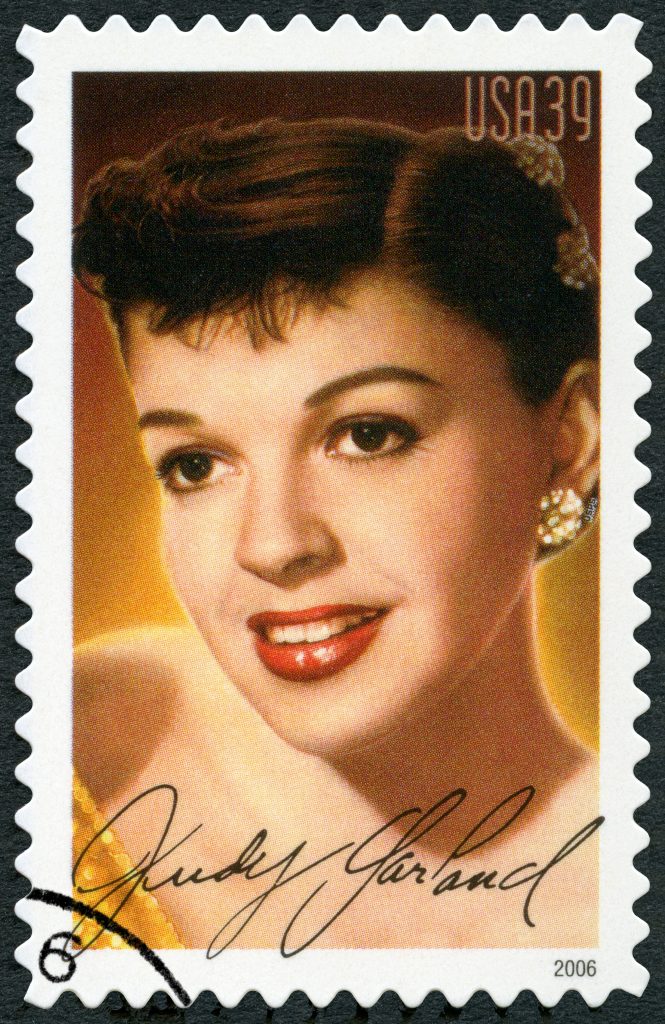The Wizard of Oz, despite reaching its 85-year-old premiere debut, is a classic that remains beloved to this day. Characters like Dorothy, Cowardly Lion, Scarecrow, and Tin Man are recognizable across generations. But what is unknown to many who grew up with the film is its traumatic MGM’s 6-month filming cycle that all actors had to endure—the war stories of Judy Garland, Bert Lahr, Ray Bolger, and Jack Haley.
Each costume for the mystical characters had issues that the actors reaped the consequences of. For example, Bert had to wear a 90-pound suit made of real lion fur, making him incredibly hot thanks to the studio light surrounding Bert. Then there’s Jack, with his silver skin made of aluminum dust that would infect his eye, sending him to the hospital. On the other hand, none would compare to the incident involving Margaret Hamilton, the actress who played the Wicked Witch.
During a shoot where the Wicked Witch of The West exits with literal flare, her costume set ablaze with real fire due to the pyrotechnicians setting off the flames too early. The flames reached parts of Margaret’s face and hands, burning them off, the latter revealing exposed nerves. It didn’t help that to make her skin appear green, Margaret had to wear makeup that contained metallic materials like copper that needed to be removed by the end of filming. However, arguably more terrifying is Judy’s time in Hollywood and behind the scenes of The Wizard of Oz.

Judy already had a history with MGM executives groping and attempting to take sexual advantage of her, yet her time during the set of The Wizard of Oz is what would ultimately change her. Judy was forced to take drugs that would keep her awake and full of energy since the director put her on a “prison diet.” Judy became addicted to these substances that kept her full of energy and with a lack of appetite. Her weight insecurities that stemmed from her teenage years were prevalent and being enabled with the stimulants. The trauma of sexual harassment, the insecurity of her body image, and her drug addiction worsened as she grew older. She would devastatingly pass away at the age of 47 in 1969 from an overdose.
Hearing about these experiences invites us to consider the complexity of setting aside empathy in the pursuit of creating art. It raises a difficult question: was all the suffering worth it to produce something as ambitious as The Wizard of Oz? Stories of hardship in the creation of music, movies, and games deepen our appreciation for these works, but they also compel us to ask—where should we draw the line? In my view, that line is crossed when we push anyone, including ourselves, beyond the limits of mental and physical well-being.
Works Cited
Cotroneo, Vincent. “The Wizard of Oz: The Real Story of the Famous Production.” MovieWeb, 28 May 2023, https://movieweb.com/wizard-of-oz-true-story-controversy/. Accessed 10 February 2024.
King, Marieangela. “How The Wizard of Oz led Judy Garland to fame, and misery.” NZ Herald, 24 August 2019, https://www.nzherald.co.nz/entertainment/how-the-wizard-of-oz-led-judy-garland-to-fame-and-misery/FC7UJELWQAZGATNXGFUEA2D3OM/. Accessed 10 February 2024.
Williamson, Samuel. “Filming ‘The Wizard of Oz’ Was a Hellish Experience.” Collider, 14 October 2023, https://collider.com/wizard-of-oz-production-drama/. Accessed 10 February 2024.
